RUF Stuff
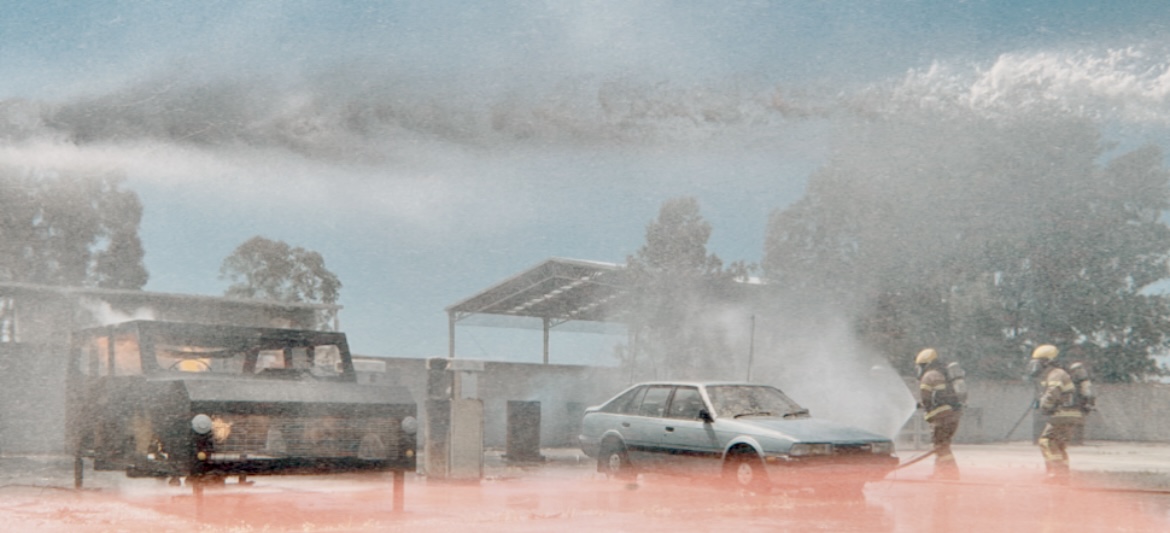 D10 Respond to Urban Fire - non-structure fire drill
D10 Respond to Urban Fire - non-structure fire drill
It's 9am and the Respond to Urban Fire course has begun and we are somewhere in the pyrolysis demonstration, on the edge of ignition, when the caffeine begins to take hold.
I remember saying something like “the most fundamental and important property of fire is…heat…” this statement alone causes the room to surge with intrigue. The student firefighters are now hooked; they cannot resist.
By noon that day, the CFA learning manuals are being excitedly studied as the course material weaves in and out of explosive mixtures, electrical arcs, and heated expanding gases – the classroom at VEMTC West Sale is resembling a bustling marketplace. The instructors are the market managers, trying to keep order amidst the vibrant questions, guiding conversations like seasoned conductors leading the Melbourne Symphony Orchestra.
Topic 4.1 Conduct Search and Rescue, and we have progressed from knowledge to practical and the students are deep in the abyss of the shipping container props. Visibility is zero as the students shuffle past the instructors to locate reported casualties. One hand sweeping the dark air, the other hand caresses the wall, refining the systematic primary and secondary search techniques.
The fourth day begins with strong coffees and a dynamic risk assessment as the students are now considering forcible entry tools. A firefighter thrusts the Hooligan tool into the door jamb – skilful, deliberate, under instruction. Verbal commands precede a striking action, and the block splitter spills the door from its hinges. The drill debrief is centred around Section 30 of the CFA ACT 1958 and the Chief's delegation of the powers of entry.
By the end of the week the gas pad roars to life as the first BA crew advance under the safety of a 38mm Protek fog to retrieve the ill-fated casualty nearest the petrol bowsers. The casualty is backwards dragged to the waiting MICA paramedics.
It’s week one of two and the camaraderie emerging between the students seems almost tangible. Mates looking after mates. Professional and intuitive, the instructors work through an assessment tool presenting no less than 134 practical observations to ensure the students are developing the skills and knowledge required to respond to an urban fire where offensive and defensive strategies are used.
Curious? Interested in upskilling? We look forward to seeing you on the next intake of CFA’s PUAFIR203 Respond to urban fire. Contact your local Brigade Training Officer for details.
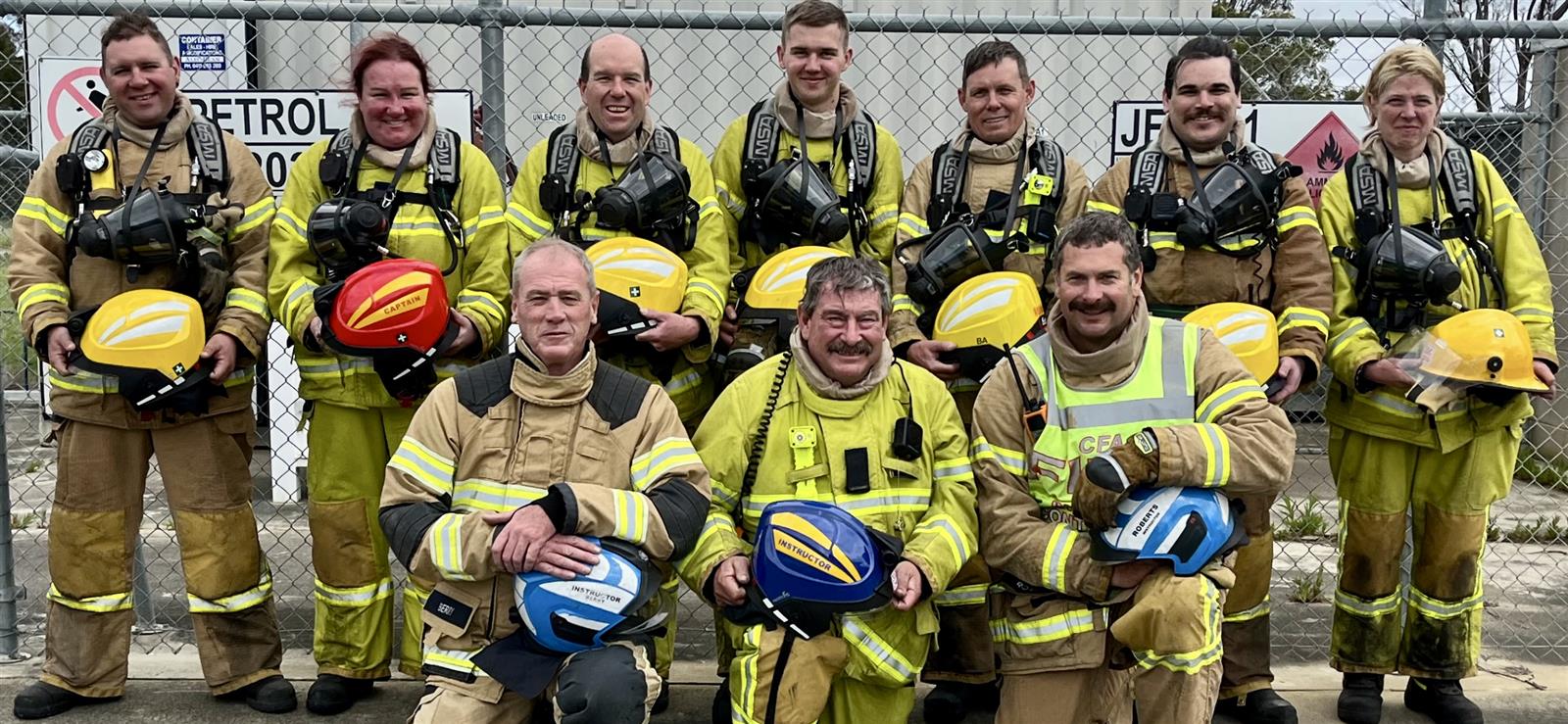 D10 Respond to Urban Fire - Graduating students
D10 Respond to Urban Fire - Graduating students-
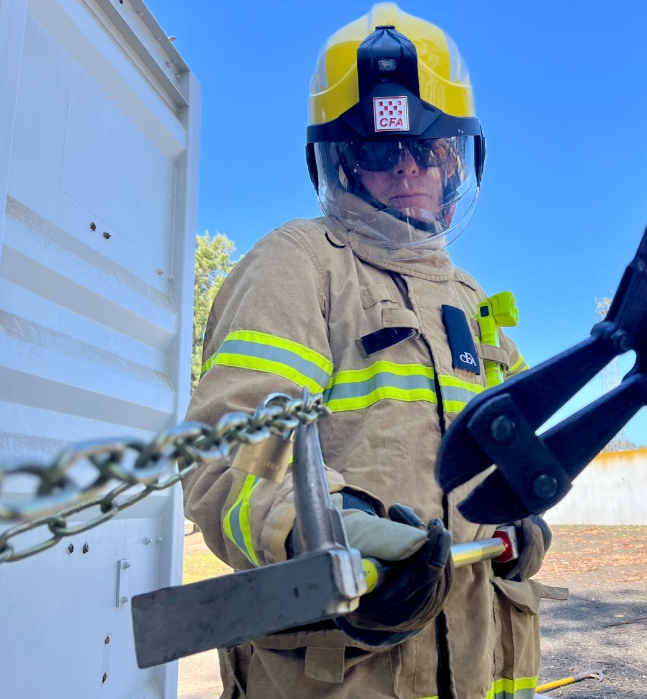 Forcible entry training
Forcible entry training
-
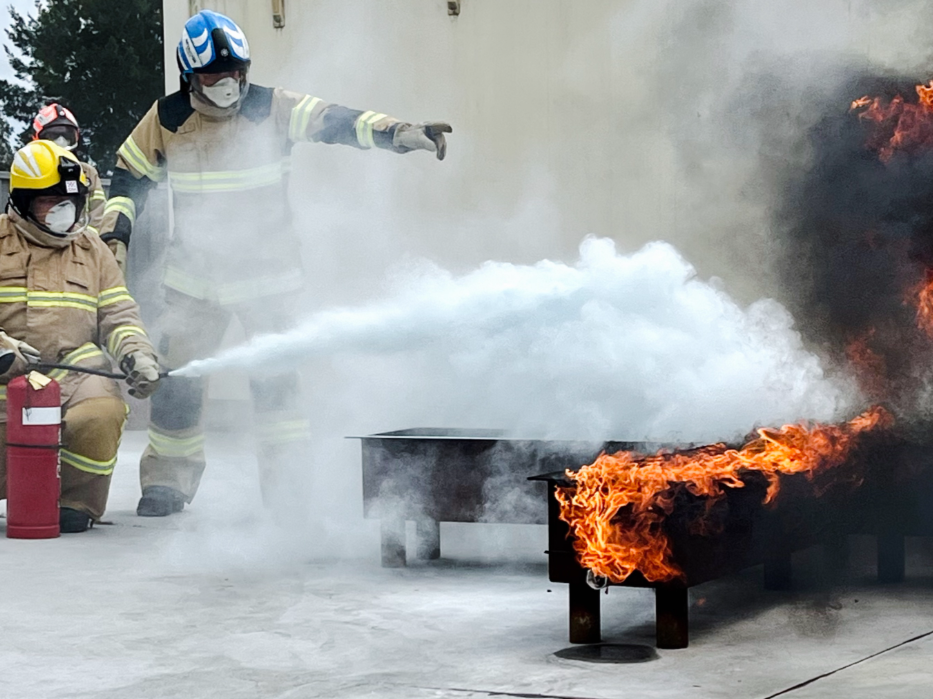 Fire extinguisher training
Fire extinguisher training
-
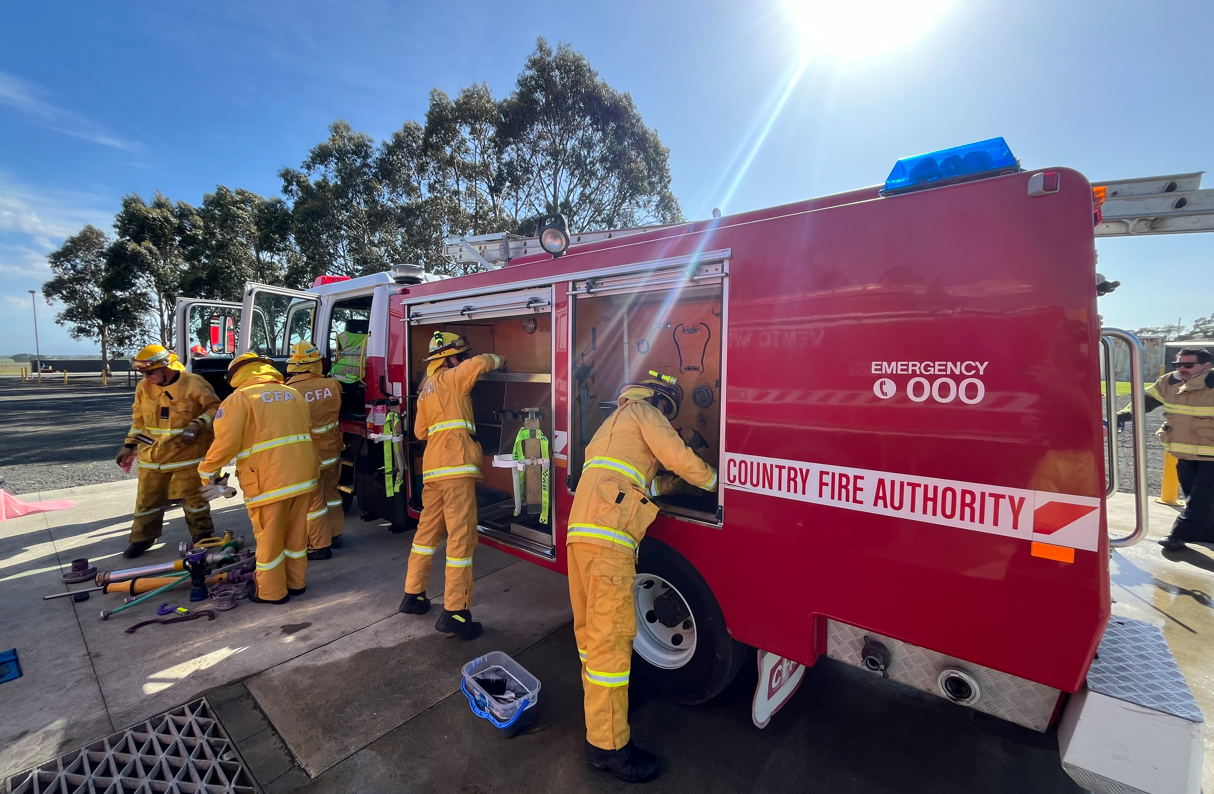 Truck checks
Truck checks
-
| Submitted by |
Leigh Roberts |